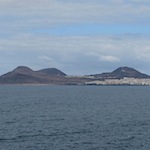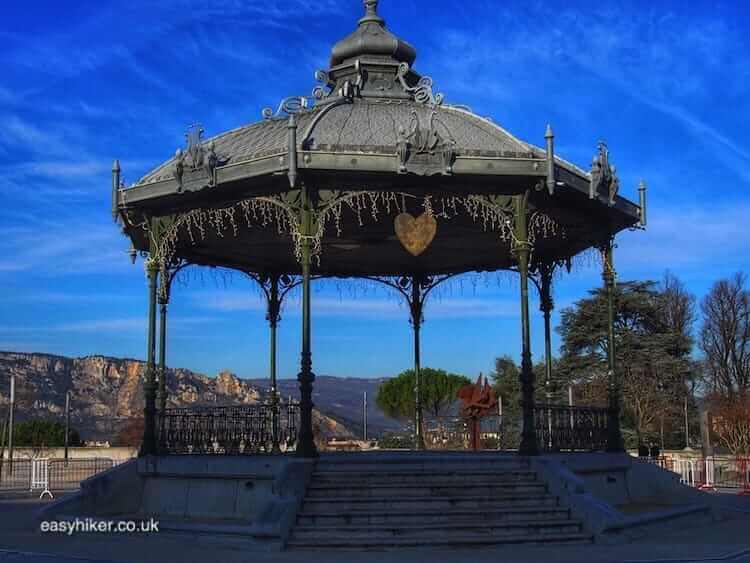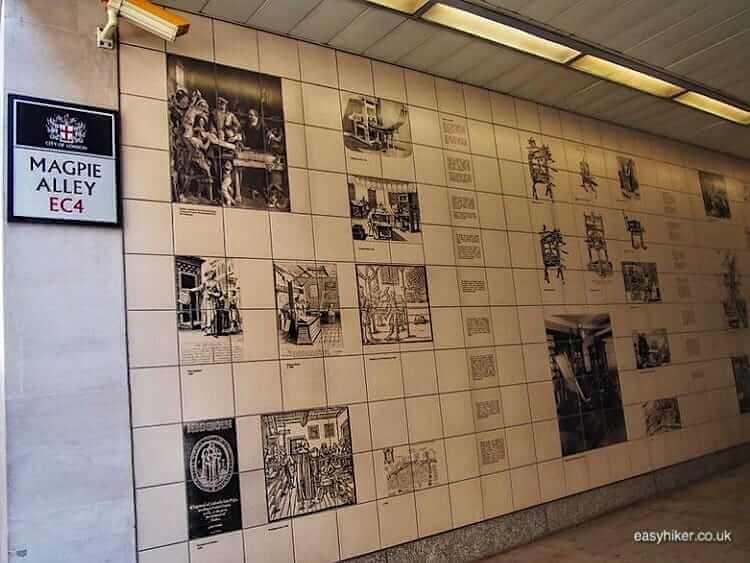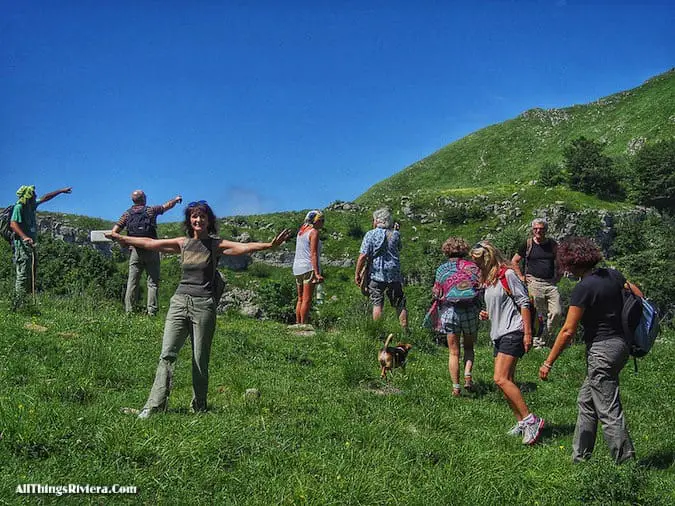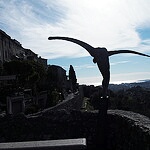On one level, the Borromean Islands in the Lago Maggiore can be seen as three independent destinations: as three little towns that have developed in as much isolation from one another as it is possible for places only a few hundred meters apart.

Alternatively, however, you can also understand them as cogs in the same wheel, as quarters of a small country town with distinct roles and functions.
Our guide to touring the Borromean Islands
In this scenario, the Isola Madre would be the public garden or park; the Isola Bella the posh district where the feudal landlords once resided; while the Isola dei Pescatori represents the “quartier populaire”, the residential quarter for the people whose hard work allowed the noble family and their guests to live their lives of luxury.

When touring the Borromean Islands, the Isola dei Pescatori – the Fisherman’s Island – stands out among the altogether five islands (two of which are tiny and cannot be visited) as it alone was never owned by the Borromeo family. It is also the island that has changed the most over the last 100 years.
Commercial fishing, once the community’s explicitly declared raison d’etre, has not entirely ceased on its shores – clearly, not all of the boats on view are pleasure boats – but the paraphernalia of the trade nowadays serve mainly as nostalgic decoration for shopfronts and restaurants.

The demographic trend spells out a clear message. In the last 50 years alone, the number of permanent residents on the island – never more than a few hundred – has fallen from about 200 to less than 20.
Practically everybody you meet on the island has arrived by ferry in the morning, if not as a visitor then either to cater to the needs of hungry tourists in one of the numerous restaurants …

… or to man one of the even more numerous souvenir shops and stalls on the Via Ugo Ara, the Isola dei Pescatori’s central street.

While it can get pretty busy there, the two parallel walkways by the lakeshore – the Via Lungo Lago that faces Stresa and the footpath on the opposite side – are usually less crowded and invite you for a relatively peaceful walk along the periphery.

It is here where you get your best chance of glimpsing what life on the Isola dei Pecatori must have been like in the olden days. And where it becomes obvious that the island, despite the best efforts of the tourism trade, has not completely lost its charm.

The Pescatori’s near neighbour, the Isola Bella, is the last scheduled stop on the tourist boats’ route and clearly intended as its highlight and its climax.
Behind the pier, a short stretch of the lakeshore is as busy as the Fisherman’s Island from which you have just escaped …

… but apart from this small patch of land, practically the entire island is covered by the Palazzo Borromeo, which once served the influential family as their official residence.
In contrast to the Borromeo’s summer residence on the Isola Madre, this palazzo was built on the grand rather than the domestic scale …

… and clearly intended to impress rather than to delight.

The same thing could be said about the landscaping around the palace. The gardens are smaller than those on the Isola Madre and much more formal in style …

… and appear to have been designed less as places for calm reflection but as the gallery from which to admire the “amphitheatre”, an operatic set of mythological scenes and characters which served as the spectacular backdrop for the Borromeo’s social events and theatrical performances.

In fairness, it must be added that the palazzo and the gardens of the Isola Bella reflect the style of their time, the High Baroque, while their counterparts on the Isola Madre – originally laid out at the same time – were thoroughly overhauled in the 1800s during a period whose architectural and landscaping preferences more closely match modern tastes.
It must also be said that the Isola Bella, taken on its own terms, is actually rather magnificent.

From here, it is back to Stresa, for a last and brief close-up view of the lake itself. Despite all the efforts of the Borromeo family, this is still the grandest spectacle of all. The snow-capped peaks of the Alps will still loom over the sparkling waters of the Lago Maggiore when everything else that you have seen on the day – fancy gardens, palazzi, hotels and restaurants – has long turned to dust. Nature has this way of putting everything around it neatly in perspective.

Having toured the Borromean Islands all day, chances are you will feel fairly exhausted by now. What you can see on such a three-island-tour is almost too much to take in on a single day.
At the local tourism office, they even sell this tour in a package with a visit to the Villa Pallavicino, another mansion with a sumptuous botanical garden in the outskirts of Stresa. I am not sure whether you are expected to do all of that in a single day, but even on the next day, it will be difficult to get in the mood for what is essentially more of the same.
Which is why we went for something completely different on the final day of our visit, picking the most contrasting programme you can find in the area: one that featured no baroque fantasies, no crowds, not even backdrops of snow-covered mountains and Alpine landscapes.
Feel intrigued? Then we would be delighted to welcome you back next week.


